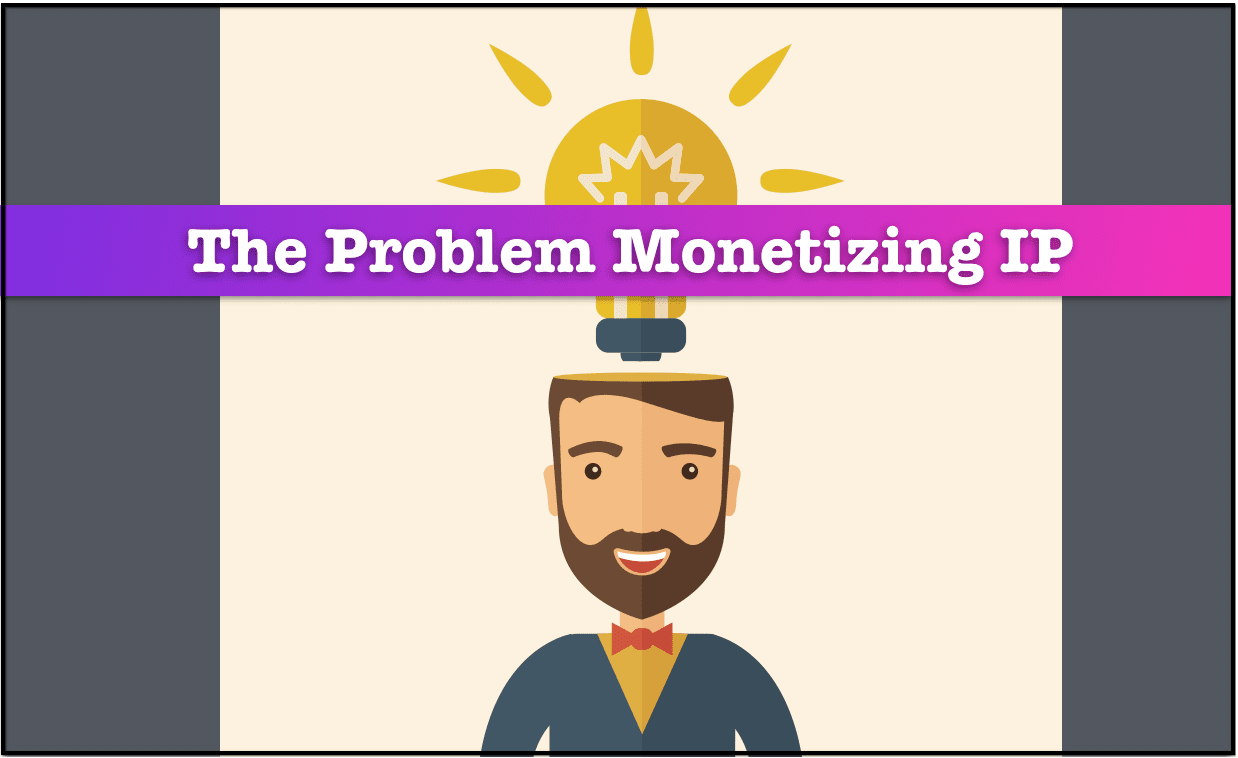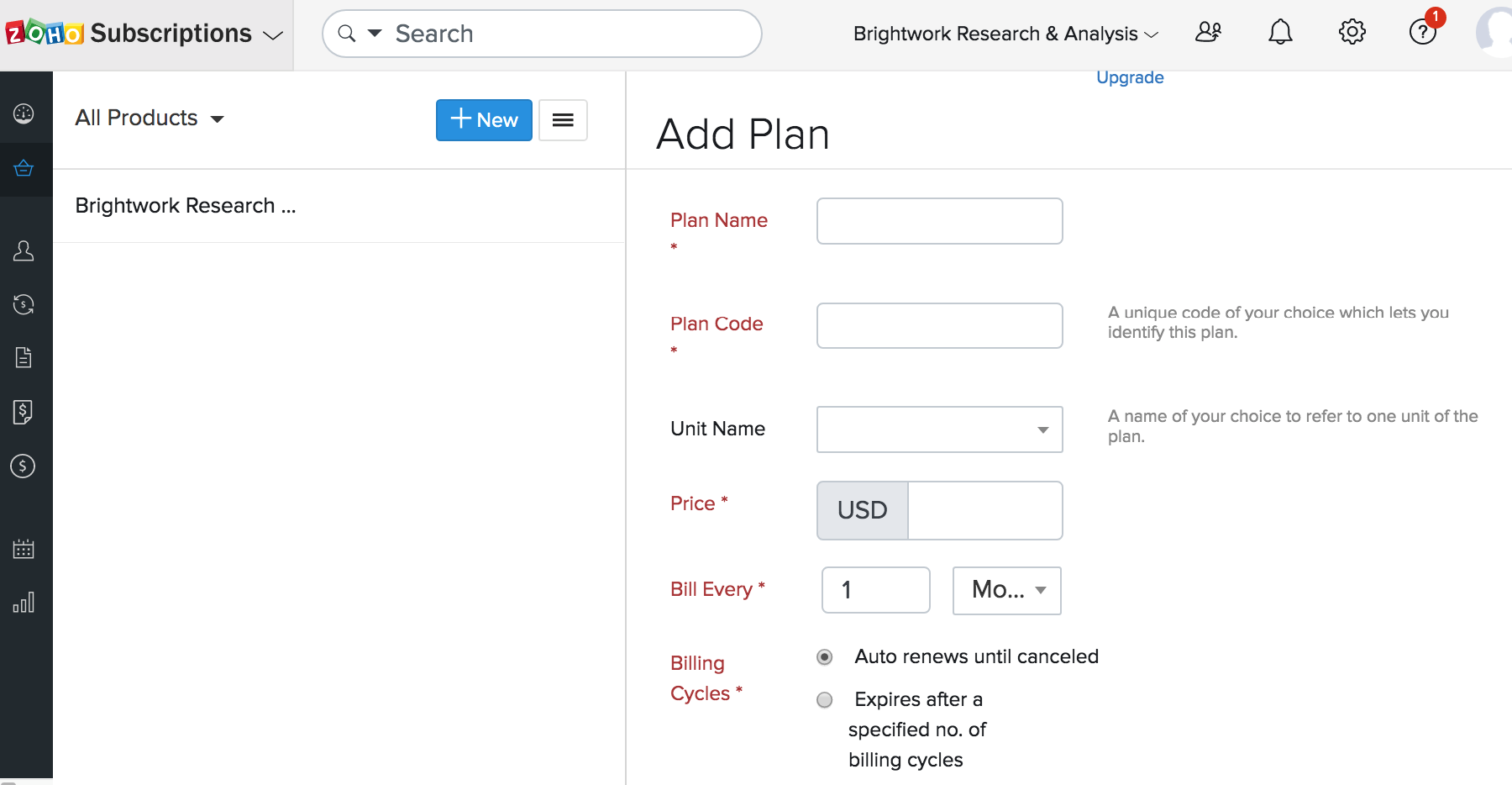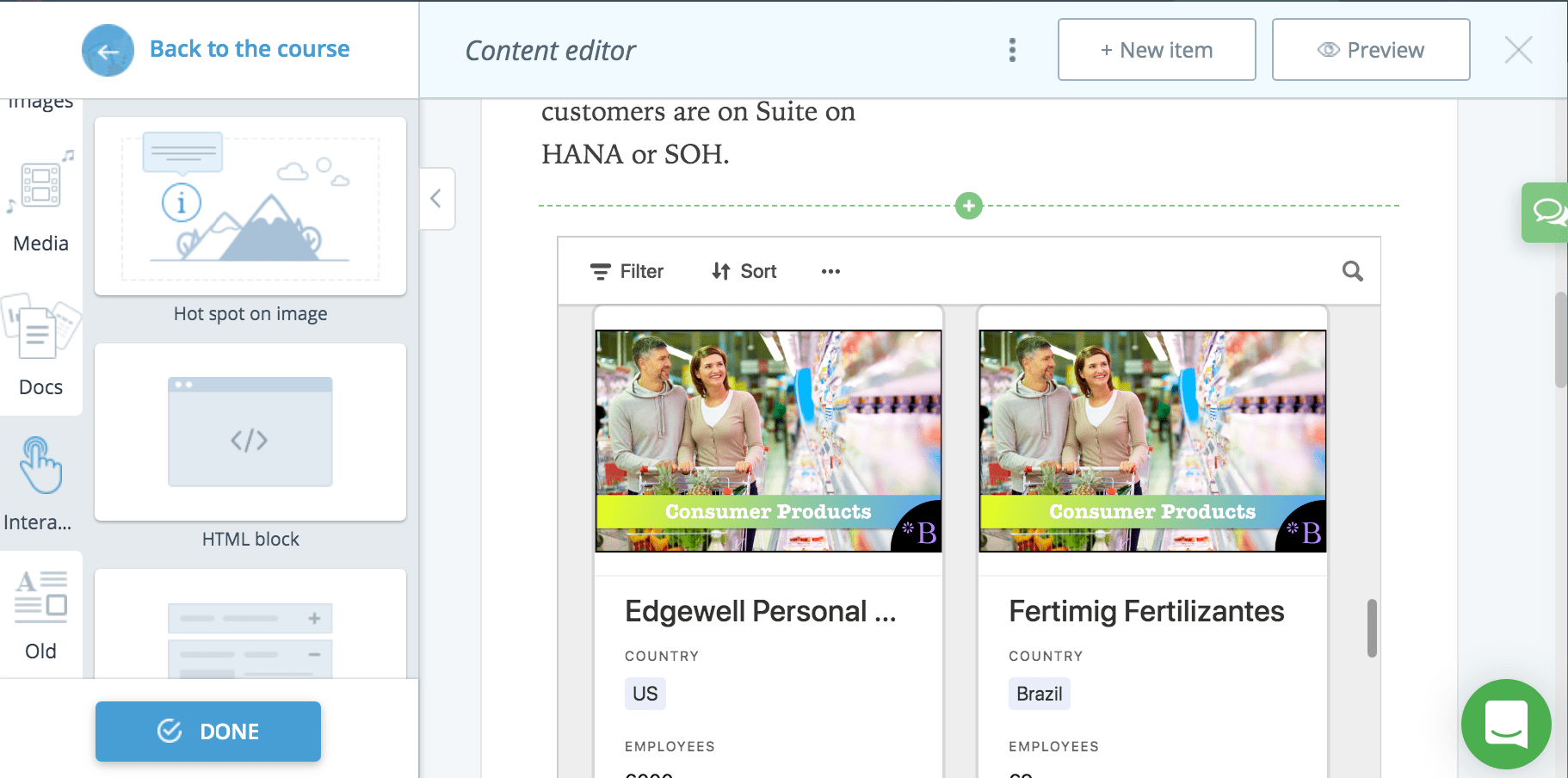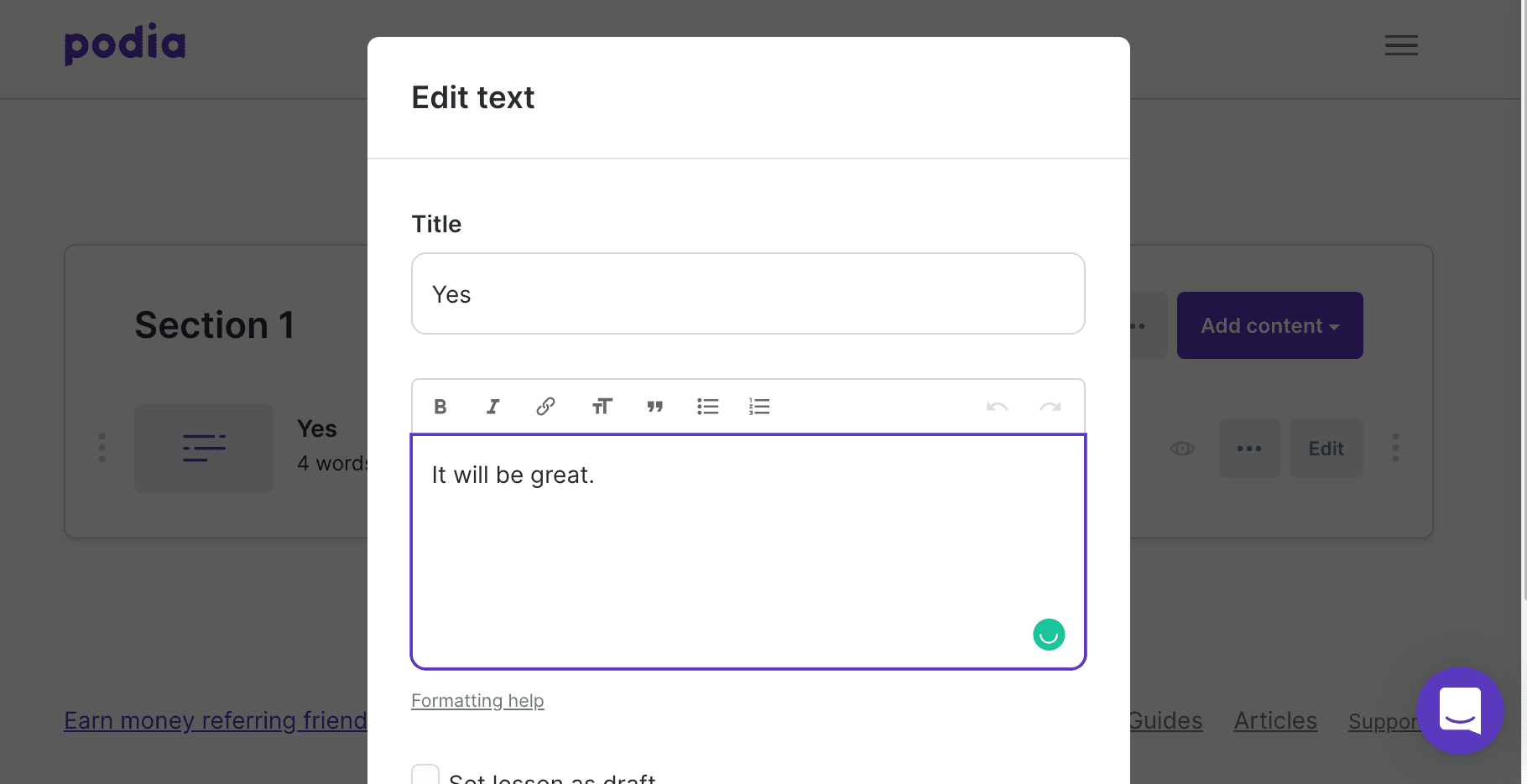Lessons in Licensing and Finding Software Mechanisms for Monetizing IP
Executive Summary
- We put significant thought into developing our Brightwork licensing for our research.
- We cover the supporting logic for our license and the importance of licensing for content creators.

Introduction
I have companies that want to contact us seeking to license research — but they are trying to get a one-time fee for an unlimited license.
In creating a license contract, we figured out some important things I want to account for. We eventually codified this on the Brightwork License Research page. However, in selling licensed content, there are a variety of factors to cover.
- The stipulations of the content license agreement to be signed.
- The software to be used to distribute and restrict access to research content.
- The type of content that will be licensed (in this case, it is articles with embedded artifacts like databases, tables, and other multimedia)
- Communicating how the content restriction will be managed to customers.
Developing the overall “apparatus” for enabling the selling of licensed content is complicated — and made further complicated by the issues around the restricted service offerings in the space.
In this article, we will cover some of the underpinning logic for that page, which should help content creators. And from there, we will also discuss the broader social issues around the limited ability of individual content creators to charge directly for their content rather than going through some predatory intermediary.
What we have learned is listed under each observation below.
Observation #1: Keeping Away from Unlimited Use Licenses
Potential customers will often propose a license without a time limit or without a cap on users who can access the research would be a real problem. This is generally called an unlimited use license. I am negotiating with the entities presenting a single, one-time fee as a matter of “convenience,” but it is a bad deal.
Unlimited use licenses are pitched under the logic of being “convenient”; however, they are deeply problematic for content creators.
Note that in copyright law, an exclusive license essentially works as a transfer of ownership rights. The exclusive licensee has the right to use the copyright, assign it to a third party, or sue a third party for infringement. A non-exclusive licensee also has the right to use the copyright, but neither of the other two rights. – LegalZoom
There are ways of making the licensing arrangement convenient, without separating the content creator from their creation, without considering its future support, or essentially handing over control of the IP.
- One is a term or duration limit on the license.
- A second is a cap on the number of logins, rather than just having an unlimited license.
Observation #2: Problematic Restricted Access Software and Plug-ins
Licensing is one side of the equation of charging for IP or content. The other side is the software enforcement or content restriction and login software, and one is not more important than the other. If you can’t technically restrict access to content, you can’t enforce the rules laid out in a content license agreement.
Results of Testing Content Restriction Software
Content restriction software goes by the following names and is placed into multiple categories.
- Site Subscription Software: (Recurly is a good example of an offering in this category. Something worth noting is that many of the solutions in this area are quite expensive and targeted towards large or medium-sized media outlets. As I am not selling subscriptions – which are generally media entities with a large audience but a low dollar amount per subscriber — I did not spend much time analyzing this category. )

One subscription management offering that is more directed toward smaller entities is Zoho Subscriptions. Notice the settings around billing and recurrent billing. This is great for small individual charges but does not fit with how Brightwork sells access to research.
- Site Membership Software: (WooCommerce Memberships is one example of an offering within this category) This is similar to site subscription software.
- Teaching or Course Software: (also called online training software) (Teachable and Lessonly are two prominent examples of offerings within this category)
- Content Restriction Software: (RestrictContentPro is one example of an offering within this category)
The Special and Large Category of Teaching or Course Software
Of the four categories, the teaching or courseware software has by far received the most development funding. It is far out in front in terms of maturity as a software category.
However, there are several issues I found with this software category.
- Given a large number of applications in the space, most have large gaps in their functionality, and the average functionality they do have is mediocre.
- Not all content falls into the category of a teachable course.
- This means there is a gap (both in course software) and for content outside of courses.

Here is the content editor within the cloud course software EasyGenerator. The content editor is a bit more basic than I am used to — as content editors in blogging platforms, along with their associated plug-ins, are generally quite extensive. However, I was able to insert an HTML block which allowed me to insert a database that displays entries on the web page. Although, the course, when published, actually has advantages over a standard blog post. This application was very good at creating content but did not have sufficient content protection functionality.
In my view, blogging software is the most efficient and multifaceted way to create and distribute content I have ever experienced. Therefore, it is difficult for the courseware to compete.
I tested many of this courseware software, including Thinkific, Teachable, Ruzuki, Kajabi, Zippy Courses, LearnDash, and several more. It took me several days to do this. I kept testing different solutions thinking that the next solution I tested would have to have the things I was looking for. I think generally, the less you know about a software category, the more you tend to assume that there must be a solution that does exactly what you want. I reminded myself of my own clients who would project what they wanted onto the categories of software like demand planning and supply planning rather than realizing the software category’s limitations.
Two Different Designs of Courseware
Most of the courseware has the content placed in their system. As you will see in a moment, this is a problem in that the functionality for content creation in courseware normally lags that of blogging platforms. There is yet to be a dominant courseware application that has anywhere near the number of major blogging applications. And none with anywhere near the plug-ins or extensions either.
The second type of courseware is a plug-in to blogging software rather than its own distinct application. This leverages the capabilities of the blogging software, which I consider to be positive. However, this second type of courseware is far less common than the first type.
Of the courseware I tested, I found the usability to be a significant step back from my experience using blogging software. The content creation functionality is one example, but there are many more examples as well. The content creation functionality was, in many cases, very truncated as if they did not want any complexity of technical functions exposed to the user. This was a bit similar to my review of CRM software, which is designed for salespeople and, therefore, highly simplified in its design.
My Conclusion on Courseware
My general conclusion was the following:
- Few of these applications fit a workflow outside of training and courses.
- I noticed they were consistently weak in the content restriction functionality. And most did not have a code that could be given out — much less a numerical cap that could be applied to limit or meter the number of people who access the content under the code.
- Repeatedly, the trial versions of the applications appeared to be missing functionality that was listed in the features area of the website.

Podia is another popular cloud service that allows people to control access to content. However, it does not even have an HTML block capability, making the pages that can be created extremely limited.
Using such courseware for normal content would mean not using the quiz and test functionality within these applications.
Content Restriction and Membership Applications
In testing various content restrictions or membership plug-ins (for blogs), I found the vast majority are of inferior quality or are directed towards other things like selling courses online or focusing on charging for individual purchases. We needed a content restriction/membership plug-in that does not charge each individual but instead works off of a code or customer-specific unique identifier but then records the user and email so I can meter the redemptions. I found one, but it requires I set an individual price — which is not actually what I wanted. I wanted no price listed, as we are not interested in selling individual access, but group access that is invoiced, not charged in the system.
How the Software Manages Multiple Sign Ins
Another issue is how either the membership or content restriction software deals with people viewing the content multiple times. I could get by using a plug-in for the Gravity Form software I use –however, that software records a new entry every time a person signs in. That is a problem because I want to place a cap on the redemptions, and duplicate entries (for the same person) would make that cap meaningless.
Therefore, I had to abandon using simple forms of software. Gravity Forms does not have a plug-in that stops duplicates. Since its design, form software is designed like a transaction processing system and is supposed to record every entry. Therefore, there might be an issue with finding a plug-in that removes duplicates.
This is unfortunate as form software creates a much nicer login page with many more options than using specific membership or content restriction software. However, the forum software that I tested does not have the functionality to match my requirements.
The Specific Issue With Blogging-Software and Content Restriction
Some of the plug-ins for blogging software invoke the user functionality within the blogging software itself.
This is a problem because if you have a semi-popular website, hackers from around the world are constantly trying to break into it. They apparently want to take control of servers to send spam and other nefarious activities. To thwart them, I have disabled the ability to login to the Brightwork website. That is, I don’t make public the login functionality of this site.
This disables the site from being able to have its user functionality leveraged. Therefore, it is important for my needs that access control is outside of the blog and within the server of the membership or restricted content software.
The Surprisingly Limited Options for Restricting Content
Given how important it is to restrict and meter content — to allow for it to be monetized, I am surprised how weak the options were.
I was almost left without a suitable alternative, and the option I chose is not 100% what I want.
For example, I would like more the following:
- I have more control over the login form in terms of formatting and adding other elements as I do in blog posts. The login form I have with the membership software is generic and unchangeable.
- I do not want to have to place a price on the content restriction form. That price is worked out for several licenses, and it is not relevant for the person who has been given a code to access the research. I am required to list a price that the user will never actually pay and then apply a coupon to net out the total to zero dollars then. I am not interested in having the research distributed as a single sale, and this causes me to make the price listed high to dissuade people who might want to access the content for the cost of a single license.
These examples demonstrate how restricted the functionality is in the available solutions.
What These Limited Options Mean For Smaller Content Creators
These limited options will naturally stop a lot of content creators from setting up their sites and offering their content directly.
I really hope the number of options and the quality of the options improve — because, as I cover in the next section, the options for monetizing content are shrinking in the traditional avenues (journalism, books, etc..)
Observation #3: The Lack of Emphasis on Licensing and Monetization
The whole topic of licensing and monetization of IP is enormous — because without advertizing (which Google has sucked up), the only real ways left for monetization are either selling out to the industry or getting consulting gigs. Media entities, for instance, are either successful in their paywalls (such as the Wall Street Journal, NYT, etc..), or they are getting bought up by billionaire (such as The Washington Post, Time, etc..) and becoming PR outlets for these billionaires, their companies and their friends. Or they are going out of business, or they are being purchased by murky foreign entities in dictatorial countries like China (Forbes, IDC, IDG, etc..) that offer paid placements. They will let anyone publish anything without any concern for what is true — as we cover in the article Can You Trust IDC and Their Now China Based Owners?
(Furthermore, selling a media asset to a China-based entity is slightly different from selling it to the Chinese Chinese Communist Party. China’s army of government censors review content for whether it fits within their guidelines.)
Observation #4: Limited Methods of IP Monetization
Book sales, due to Amazon, make authors less and less money, and the publishing industry, along with the newspapers, has been hollowed out.
Another approach is to obtain consulting contracts lead by IP.
However, the consulting industry is highly monopolized by disgusting firms that not only contribute zero to collective IP, but because many are marketing arms of vendors, one can argue persuasively that they produce negative IP, Accenture, IBM, Deloitte, Infosys, TATA, Wipro, and others all get by repeating false marketing bullet points for whatever is trendy in business circles or whatever their vendor partners scripts were sent over to them. IP is normally only presented as positive. Whoever heard of negative IP? However, if the information is false, it is certainly not positive, and it is not neutral — therefore, it must be considered negative.
This means that content creators don’t have very many suitable methods of receiving income for their IP.
Education Focused…But With Decreasing Avenues for IP Monetization?
Here we are talking about education as the solution to all problems — and are cutting off the avenues to monetize IP.
That does not make any sense.
The monetization side is just as important as the education side. If there is no way to monetize content outside of offering it up at a pittance to some monopoly, education becomes a way to get people hired into monopolistic firms — that generally specialize in extracting or separating IP from employees.
Secondly, many areas of education don’t contribute IP to society. What are the contributions of people who study marketing, law, or have MBAs? Are those subjects centered around creating IP or creating endless streams of rhetoric or, more specifically, developing “chiseling skills?”
Education is sometimes a major contributor to IP, but it isn’t a prime driver in many cases. That is, “more education” will not necessarily develop more “IP.”
- MRP was developed by a person working with few educational qualifications.
- The bubonic plague disrupted Issac Newton’s education.
- Einstein had only obtained an undergraduate degree in physics when we came up with his most famous ideas.
- Much of my IP does not have much to do with my education at a personal level, which now seems like eons ago. My education only provided foundational elements. Overall, many people have created their IP from their work experience as much or more than their education experience.
Secondly, most US workers with STEM educations leave the field within ten years, as I cover in the article How The H1-Bs Are Pushing Out Domestic US Workers of IT and STEM. Therefore, it is a similar way, if individuals are restricted from earning income in the area in which they were educated, “more education” is not the answer to the problem.
Conclusion
Licensing is critical to monetizing content.
- The Brightwork website has demonstrated that people will take as much IP as possible without seeking to compensate the IP creator. Even with a disclaimer about not answering free questions in the chatbox on this website, I receive requests from all over to provide various expertise for free. That is to help employees of multi-million or multi-billion dollar firms without compensation. The employees of billionaires are in desperate need of training! And companies can’t be expected to provide this training — as that leads directly to socialism! Hedge funds and private equity employees could also use some free “help” to make a good impression on their bosses.
- Huge monopolies like Microsoft or Oracle are enormously overcompensated for the IP they generate, while smaller IP creators are vastly under-compensated.
A significant reason for this is. First, a lack of licensing education for small content creators, and second is the shortcoming of content restriction technology.
Currently, the primary areas where there are good alternatives in content restriction are the following:
- Courseware, and where the classes are stored with the course management website (that is not stored on the content creator’s blog).
- Subscription software — which is more for media entities for individual content creators.
- The workflow where individuals purchase items from an IP creator or, more specifically, the IP controlling website.
There needs to be a greater focus on providing the tools for monetization of small content creators’ IP. The popular media is filled with the use of the word “innovation.” Companies can’t stop talking about their importance of innovation. Firms that engage in no innovation or steal their innovation will still expend a great deal of effort talking about innovation. In many cases, the mere talking about innovation seems to replace actual innovation. As with a spell, if the language of innovation is invoked, it is as good as if real innovation had just occurred for many executives.
However, we have few ways of content creators getting compensated for their creation outside of transferring their IP at rock bottom rates to employers.
Presently the ability to charge for content is highly tilted in favor of large monopolistic entities. These entities crow about their IP, which is primarily separated from their employees with one-sided employment contracts. In the case of pharmaceutical companies, or is separated from the actual researchers — which are funded in the US by the National Institutes of Health — or, more specifically, US taxpayers.